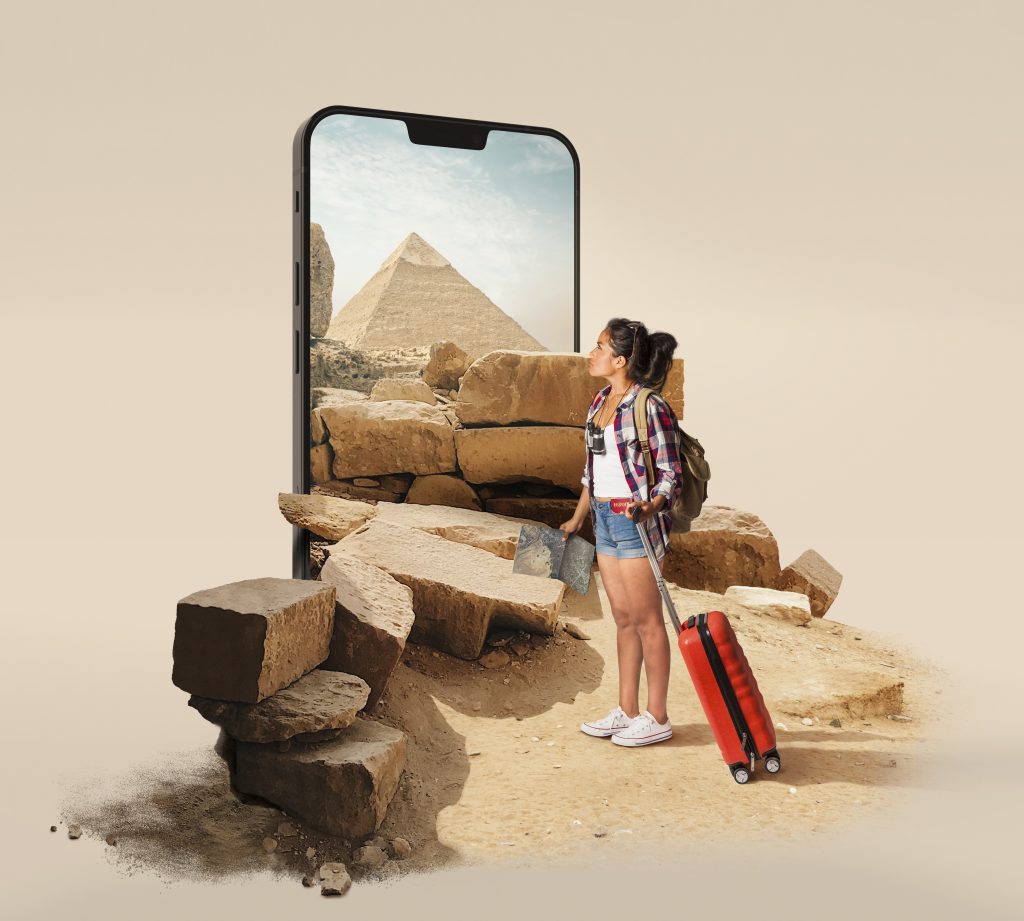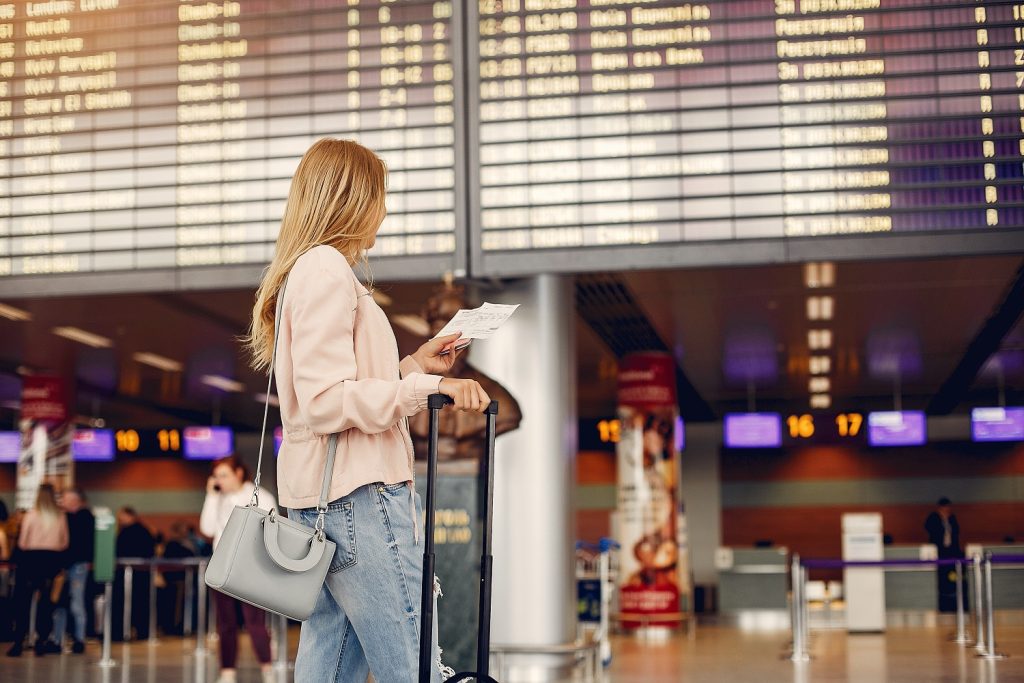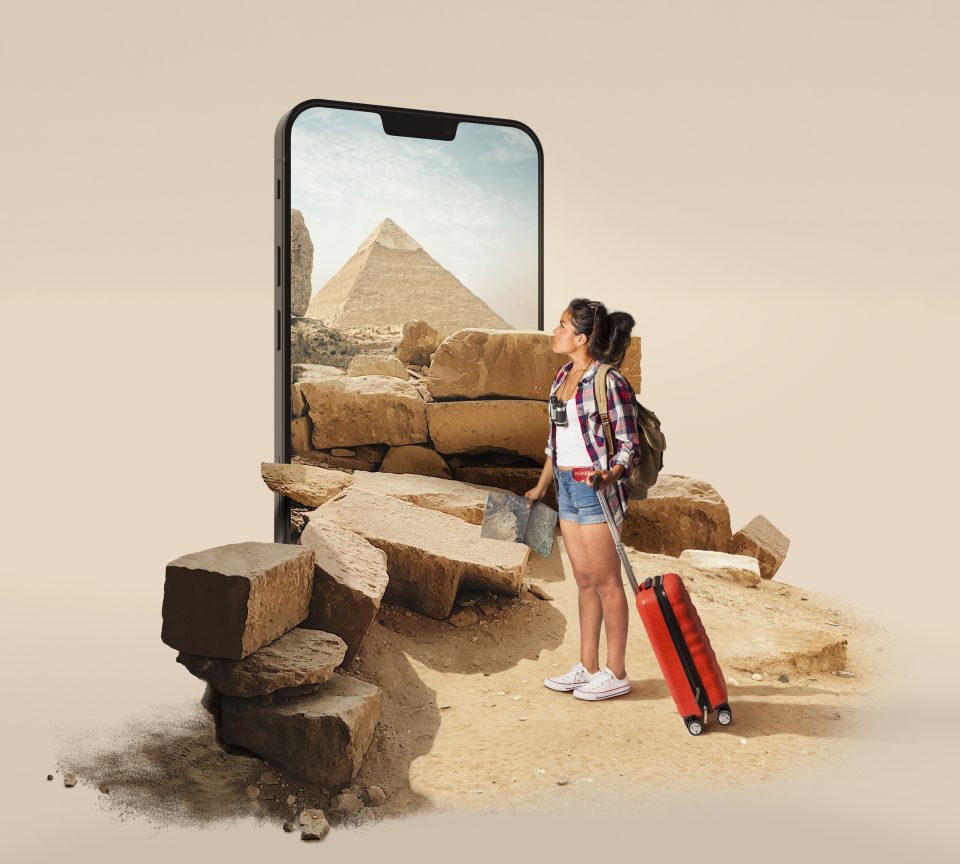In recent years, AI models like ChatGPT, Microsoft Copilot, and Google Gemini, have seeped into the travel‐planning process. Platforms promise to help shape itineraries within seconds, and now around 40% of travellers globally use AI in some stage of planning according to Travala.
However, along with speed and convenience comes a serious danger. AI can and does generate misinformation. In travel, that single mistake, an invented attraction, wrong timetable, or unreachable route, can ruin plans or be very costly.

False information in AI trip planning
The core problem lies in how generative AI works. These models don’t have an internal map of the world or verified databases of real‐time facts. Instead, they weave responses from patterns in text they were trained on. When data is sparse, contradictory, or ambiguous, the model may “hallucinate”, essentially creating plausible but false information.
According to a survey last year from Sainsbury’s on AI Travel Planning, 33% of those surveyed received false information in their AI-generated recommendations, while 37% received responses that didn’t have enough information in them.
Common pitfalls in AI-generated itineraries
Fake destinations and landmarks
AI may invent place names by blending related words especially in regions with less textual coverage. It may also integrate fictional works and book content into suggestions. Whether it’s a Malaysian cable car that was AI-generated and posted on TikTok, or ChatGPT results that suggest fantasy islands in Europe, it’s always best to double check.
Lack of local context or viability
Altitude, weather conditions, permit requirements, seasonal closures, and even road quality, are often poorly handled by AI, yet can make or break an itinerary. Getting sent on a trip to discover that what you’re visiting is out of season or closed can ruin a holiday.
Incorrect schedules and routes
Because AI may rely on outdated or inconsistent sources, it can easily confuse transportation timetables or overestimate connectivity between places. Users sometimes find themselves stranded, forced to reroute, or paying big fares for routes that don’t get them where they need to go. Plus, AI also struggles with emergencies or last-minute changes, like cancelled flights, or overbooked hotels, giving you no on-the-ground information.

Five things you should do when travel planning with AI instead
- Treat AI as inspiration, not final authority: Let it suggest themes, sample routes, or hidden gems then verify every detail.
- Cross-check with trusted sources: Official tourism websites, local operators, real traveller reviews and maps remain essential.
- Ask highly specific queries: The more constraints your prompt includes like dates, transportation modes, altitude limits etc, the less room for something drastic being overlooked.
- Watch for red flags: If a suggestion seems overly convenient, too perfect, or unfamiliar, dig deeper before committing.
- Combine with experts: Use AI for inspiration and ideas, and then bring those to trusted local agents and travel experts. They can catch the mistakes, and make these ideas a reality.
Generative AI has unlocked new speed and personalisation in travel planning, but it is not infallible. Its strength lies in inspiring and structuring, not executing without oversight. When used judiciously, AI becomes a powerful assistant. Without vigilance, it can lead you into dream itineraries that exist only in the model’s imagination.



